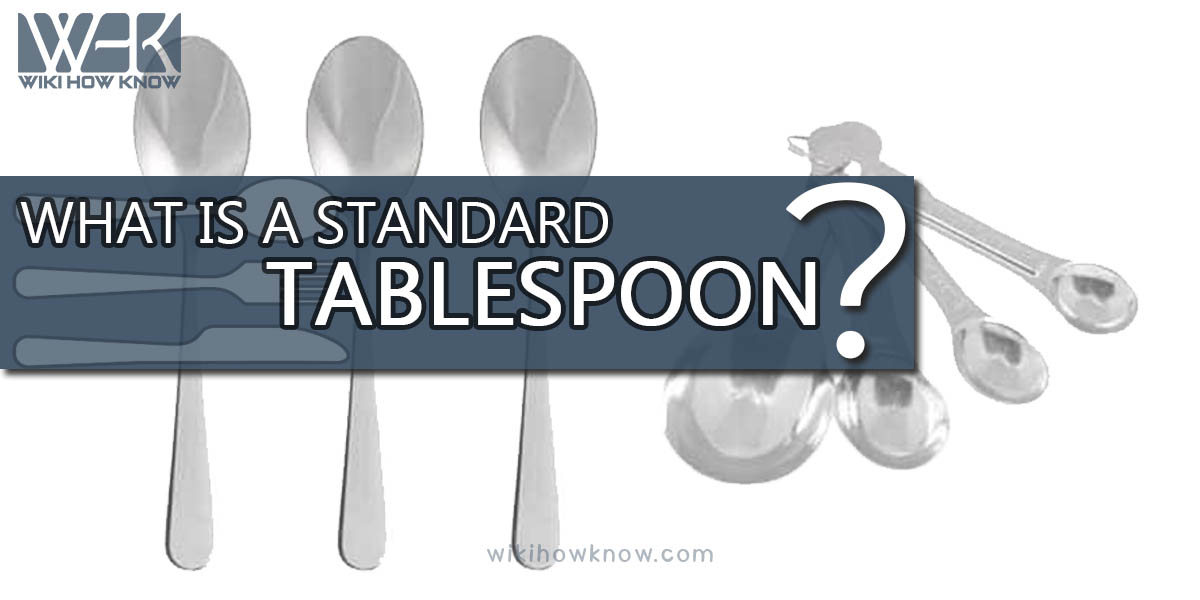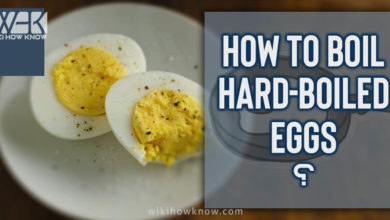When starting with a new recipe or experimenting with various foodstuffs by yourself, one often stumbles across a measurement issue. You may find yourself holding a spoon and staring at the recipe page that says two cups of XYZ material. At this point, you cannot help but question; How many Tablespoons in a cup?
And when unable to figure out, the activity that was supposed to be fun turns into a frustrating experience. That’s because an eerie sense of lacking something fills us up. We blame the lack of so-called proper utensils or our sour relationship with mathematical conversions!
But now that we are here, you need not blame anything. In this comprehensive post, you will have all your measurement-associated questions answered. And guess what? The measurement techniques below do not ask you to practice maths a bit or even buy this utensil or that. You can do all with whatever you have!
Quick Take Away
Table of Contents
| Tablespoon | Cup |
| 16 Tablespoons | 1 Cup |
| 8 Tablespoons | 1/2 Cup |
| 5 Tablespoons + 1 Teaspoon | 1/3 Cup |
| 4 Tablespoons | 1/4 Cup |
| 2 Tablespoons | 1/8 Cup |
| 1 Tablespoon | 1/16 Cup |
Why Measure?
Are you new to baking or cooking? Do you wish to create those perfect fluffy muffins? Well, you need to be accurate about the measurements.
Often, you must have seen a recipe calling for a cup of oil or a tablespoon of cocoa powder. A majority of us would follow the recipe blindfolded. But have you wondered why are there specific quantities in a recipe? Why not add some more flour and a few pinches of baking powder?
Well, the answer is simple. You need the resultant product to be perfect and flavorful. Both in cooking and baking, the quantities of ingredients affect the appearance, texture, and flavor of the resultant product.
Try adding some more baking powder to the cake batter or butter to the cookie dough and the baked good would become a disaster. The cake that was to have a perfect dome would have some mountainous, ugly ridges. Whereas, the cookies that were to have round beautiful shapes would have expanded to become one huge slab of cookies.
Honestly, you will never want to mess with the recipe. Especially if you have to create flavorful dishes in little time, or you have limited resources. You will not want to act according to your will while making a baked good unless you have a knack for experimentation.
Even when experimenting, you will require measurements to increase or decrease a certain ingredient. Otherwise, the next time you use the recipe, you won’t get the desired product. Without proper measurements, you will be creating new food variants every time. At times, you will like it, and at times, you will not.
Thus, it is always better to make use of proper measuring units and tools, such as spoons and cups. Use measurements to create perfect and budget-friendly items in a short time.
Imperial versus metric measures
If you are from the UK, Australia, or New Zealand, you may likewise ponder the contrast between a teaspoon and a teaspoon of treat, which is a typical unit of measure in these nations. The pastry spoon is 10 milliliters, so it is situated between an American teaspoon (4.93 ml) and an American tablespoon (14.78 ml).
Teaspoons and tablespoons are utilized in the United States and around the globe, yet they are not exactly the equivalent. The United States, Liberia, and Myanmar utilize the magnificent framework, while the remainder of the world uses the decimal standard for measuring.
This is because Australia has 4 teaspoons for every teaspoon. So know about this reality if you are utilizing an Australian formula. You will see that the size of an Australian teaspoon is equivalent to that of Canada and the United Kingdom. So, the size of their tablespoon changes.
Be careful!
Another thing to observe here is that teaspoons are usually used to measure volume rather than gram so measurement of liquid and dry ingredients may vary. Also note, when following a recipe book, make sure to check whether it is in the UK, US, or AUS units.
What Other Measuring Instruments can be Used?
To not let your cooking experience just come to a halt on these tablespoons and teaspoons, we also thought to tell you a little about various other common tools. Chefs even make use of liquid cups ranging from 1 cup to 1 gallon and dry ingredients measuring cups ranging from ½ cup unit to 1 whole cup unit. Moreover, 1 cup is equal to 16 tablespoons.
What is a Standard Tablespoon?

By definition, a tablespoon refers to a big spoon that usually gets used for serving purposes. But in culinary or cooking terms, the term tablespoon refers to the tablespoonful quantity. It gets represented by the abbreviation tbsp or sometimes Tbsp. In the latter variation, the T is capital to distinguish the term from a teaspoon (smaller quantity).
Except for Australia, the world perceives this quantity to be the equivalent of 3 teaspoons, which further equates to 14.8 mL or 15 mL. In terms of fluid ounces, one tablespoon represents ½ US fluid ounces.
On the contrary, an Australian tablespoon refers to four standard teaspoons, which further equates to 20 mL or 2/3 fluid ounce.
If you don’t have a spoon that measures like any of the mentioned above, then you can use the tip of your thumb. Generally, an average-sized tip of the thumb represents the quantity a tablespoon would hold. So, take out the quantity that appears more or less equal to the size of the tip of your thumb, and you’ll be good to go!
Another hack is to use bottle caps. Most bottle caps get designed such that they can hold a tablespoonful quantity. So, if ever, you’re out of utensils of all sorts, grab a bottle and make use of its cap!
What is the Standard Cup?
Usually, people might think of drinking teacups and mugs. However, when talking about a measuring cup, remember that there are two types.
The first type of measuring cup get used for liquids or fluids. Generally, it has a mug-like shape with bold black markings. The material may differ according to brand and region. But, it is mostly available in glass or plastic.
This particular measuring cup provides measurements in ml. As per size, a standard measuring cup for liquids can measure between 200-250ml. However, commercial measuring cups for liquids can provide measurements up to 1000ml.
The second type of measuring cup gets used for dry ingredients, such as flour and cocoa powder. It has a scoop-like structure with more depth and width. Usually, it is available in plastic and steel.
Using this cup, you can get measurements in grams. A standard measuring cup for dry ingredients can measure between 100-125grams.
How Many Tablespoons in a Cup?
Now, you know the standard size of a cup and tablespoon. So, now, let’s address the main question again; How Many Tablespoons Are in a Cup? And what kind of tablespoons in what kind of cups?
As mentioned in the table above, there are about 16 US tablespoons in a US cup. That’s because, since US measurements get used in most regions, they define the standard. So, know that a recipe’s talking about the standard US value when it states 16 tbsp or a cup.
Frequently Asked Questions
Does 8 tbsp equal 1 cup?
No, 8 tablespoons are not equal to 1 cup. There are 16 tablespoons in a cup, so 8 tablespoons would be half a cup.
How many TBS are in a 1/4 of a cup?
What is 6 tbsp butter?
Conclusion
We hope you got your answer to how many tablespoons in a cup (and also learned some handy definitions and tips!). Now, you can cook and bake all that you want to exactly according to the recipe! Good luck!
Also, read about: How many teaspoons in a tablespoon?

